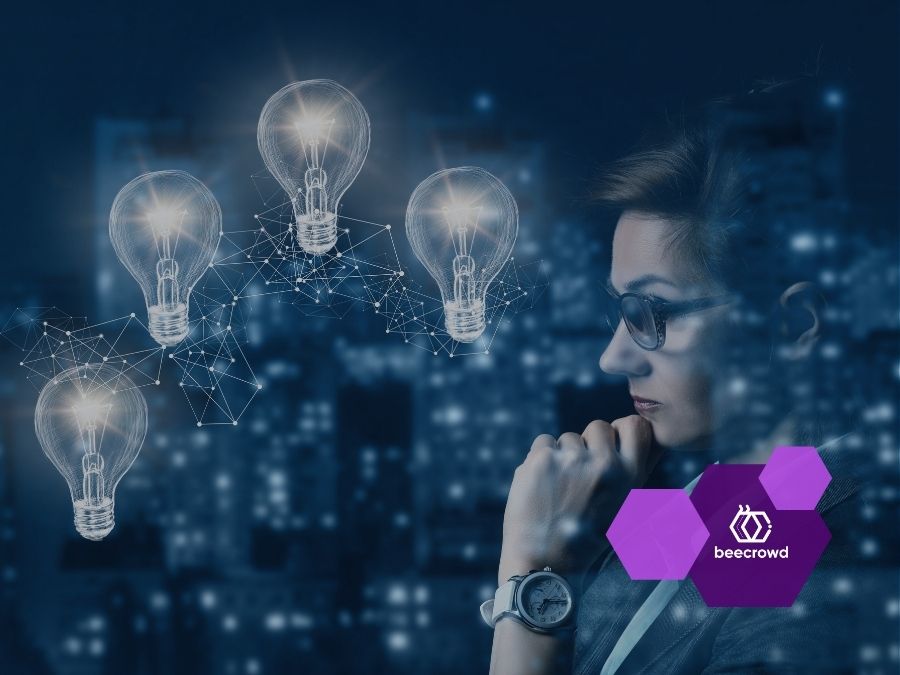

Plugins ChatGPT
(8 minutes of reading) The world of technology is always in constant evolution. In recent years, the development of Artificial Intelligence (AI) and, more specifically, language models such as GPT (Generative pre-trained Transformer) by OpenAI, has significantly transformed the way we interact with machines. The introduction of plugins for these tools further expands their capabilities and gives us a vision of a future in which AI becomes even more integrated into our daily lives. WHAT ARE PLUGINS? In general terms, a plugin is software that extends the functions of a program. In the context of ChatGPT, plugins are tools or extensions that add additional functionality to the language model, allowing it to perform specific tasks or customize the way it responds. WHY ARE PLUGINS RELEVANT FOR CHATGPT? a) Customization: While standard GPT can be incredibly powerful and versatile, there are situations where a user or business might want the model to respond in a certain way or perform a specific function. Plugins allow this customization, making the tool even more adaptable to individual needs. b) Functionality Expansion: Plugins can allow ChatGPT to interact with other tools or software, transforming it into a kind of central hub for various tasks. For example, a plugin could allow GPT to interact with a database management system or even home automation devices. c) Continuous improvement: With an active community of developers, new plugins can be created and improved regularly, allowing ChatGPT to stay at the forefront of user needs and technological innovation. EXAMPLES OF PLUGINS AND THEIR APPLICATIONS Below we list some of the main examples of using plugins: 1) Teaching and Education: Plugins can be developed to turn ChatGPT into an educational tool. For example, a plugin could be designed so that GPT offers quizzes, tutorials or even simulated dialogs in different languages, helping with language learning. 2) Integration with Business Tools: Imagine integrating ChatGPT with CRM or ERP systems through plugins. This would allow users to query database information, generate reports or even schedule tasks using natural language commands. 3) Programming Assistance: A plugin can be created to help developers understand and debug code, offering correction or optimization suggestions. 4) Entertainment and Gaming: GPT could be used to create interactive storytelling, where the user plays a role in a story and the model responds accordingly. Plugins could be used to add specific game rules, scenarios or even soundtracks. Let's dive even deeper into the technical and practical aspects of ChatGPT plugins. TECHNICAL ASPECTS OF PLUGINS Plugins, at their core, are built to integrate with and extend the functionality of the main software. In the context of ChatGPT: a) Modular Architecture: Plugins function as separate modules that are loaded into the main system. This allows third-party developers to build functionality without having to change the ChatGPT codebase. b) Interactivity with APIs: Most well-designed plugins operate through APIs. This means that they can effectively communicate and interact with other systems and applications. c) Independent Updates: As plugins work independently from the main system, they can be updated, corrected, or improved without affecting the functioning of ChatGPT. This is essential to ensure that the core system continues to run efficiently while the plugins are optimized. PRACTICAL APLICATIONS ChatGPT plugins have a variety of practical applications. Some of them include: 1) Customer Service: Plugins can be developed to train ChatGPT on company-specific information, allowing it to act as an effective service agent, answering frequently asked questions or guiding users through complicated processes. 2) Health: In a medical setting, ChatGPT could be used to provide basic health information, symptoms, and treatments. With additional plugins, it could integrate with medical databases (with proper privacy precautions) to provide more specific information or even help book appointments. 3) Finance: Plugins can allow GPT to interact with financial or banking software, helping users check balances, make transactions, or even receive basic financial advice. 4) Continuing Education: For professionals who want to stay current in their respective fields, plugins can be developed to transform ChatGPT into a continuous learning tool, offering updates, summaries, and information on new developments in a specific field. CHALLENGES As with any innovation, using ChatGPT plugins is not without its challenges. The main ones are: a) Quality and Consistency: There is no guarantee that all plugins will be of high quality. The community and users will need to develop mechanisms to rate and recommend credible plugins. b) Security: Integrating third-party plugins always comes with security risks. It is essential to ensure that plugins do not compromise user data or system integrity. c) Compatibility: With frequent updates of ChatGPT, there may be compatibility issues between previous versions and new plugins. In summary, while plugins have the potential to significantly extend the capabilities of ChatGPT, it is essential to approach them with a critical eye and be aware of the potential challenges that may arise. FINAL CONSIDERATIONS The potential of ChatGPT plugins is vast and is just beginning to be explored. As with any emerging technology, there will be challenges along the way, including issues of security, privacy and the quality of plugins developed. However, the promise of more fluent and personalized communication with AI is extremely attractive. Combining the power of the GPT model with the flexibility of plugins could revolutionize not only the field of artificial intelligence, but also the way we work, learn, and communicate daily. And as we continue to move forward in the digital age, it's exciting to imagine the endless possibilities this fusion of technology and innovation will offer us. And there? What do you think of our content? Be sure to follow us on social media to stay up to date!
Share this article on your social networks:
Rate this article:
[yasr_visitor_votes size=”medium”]



